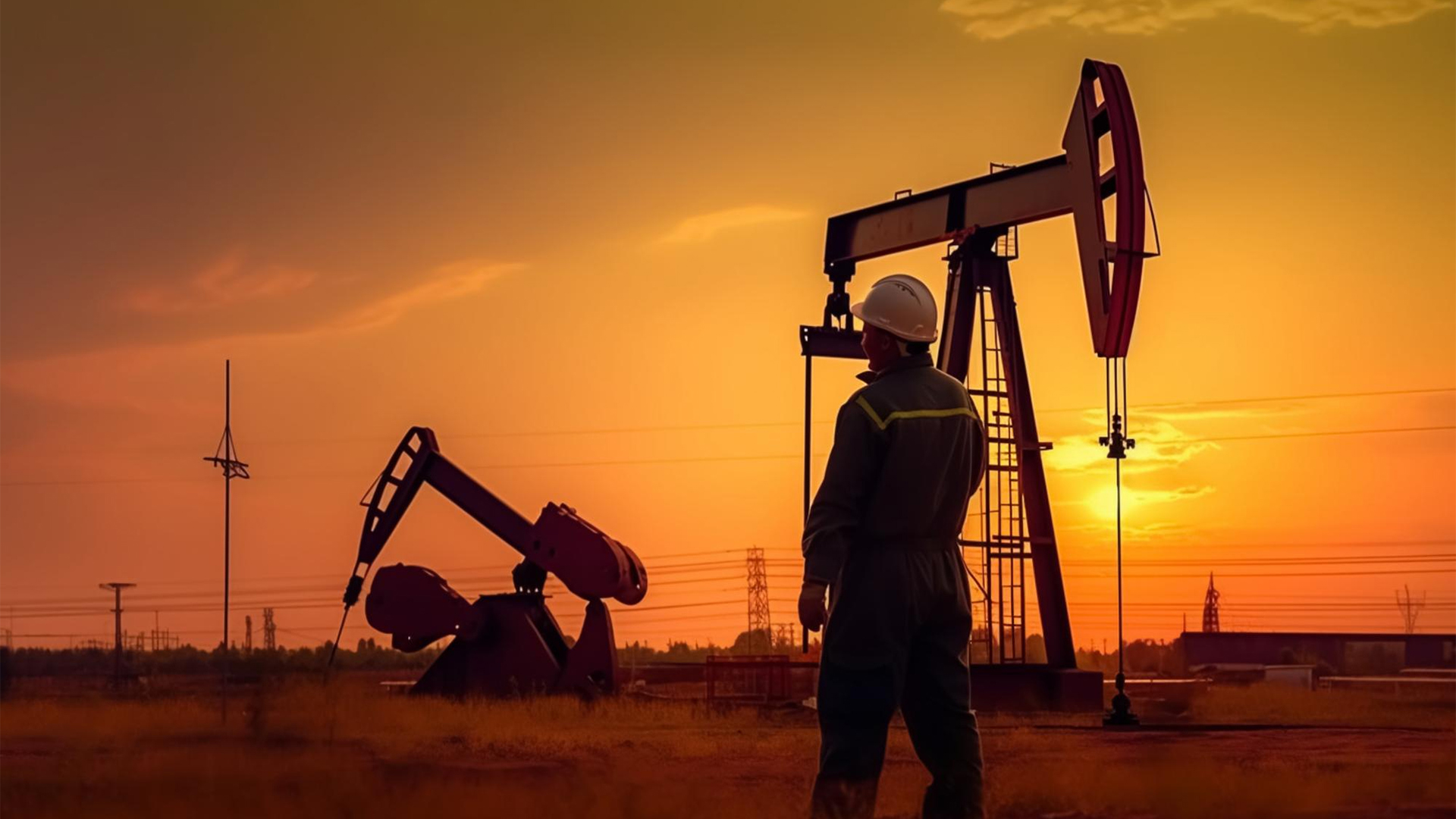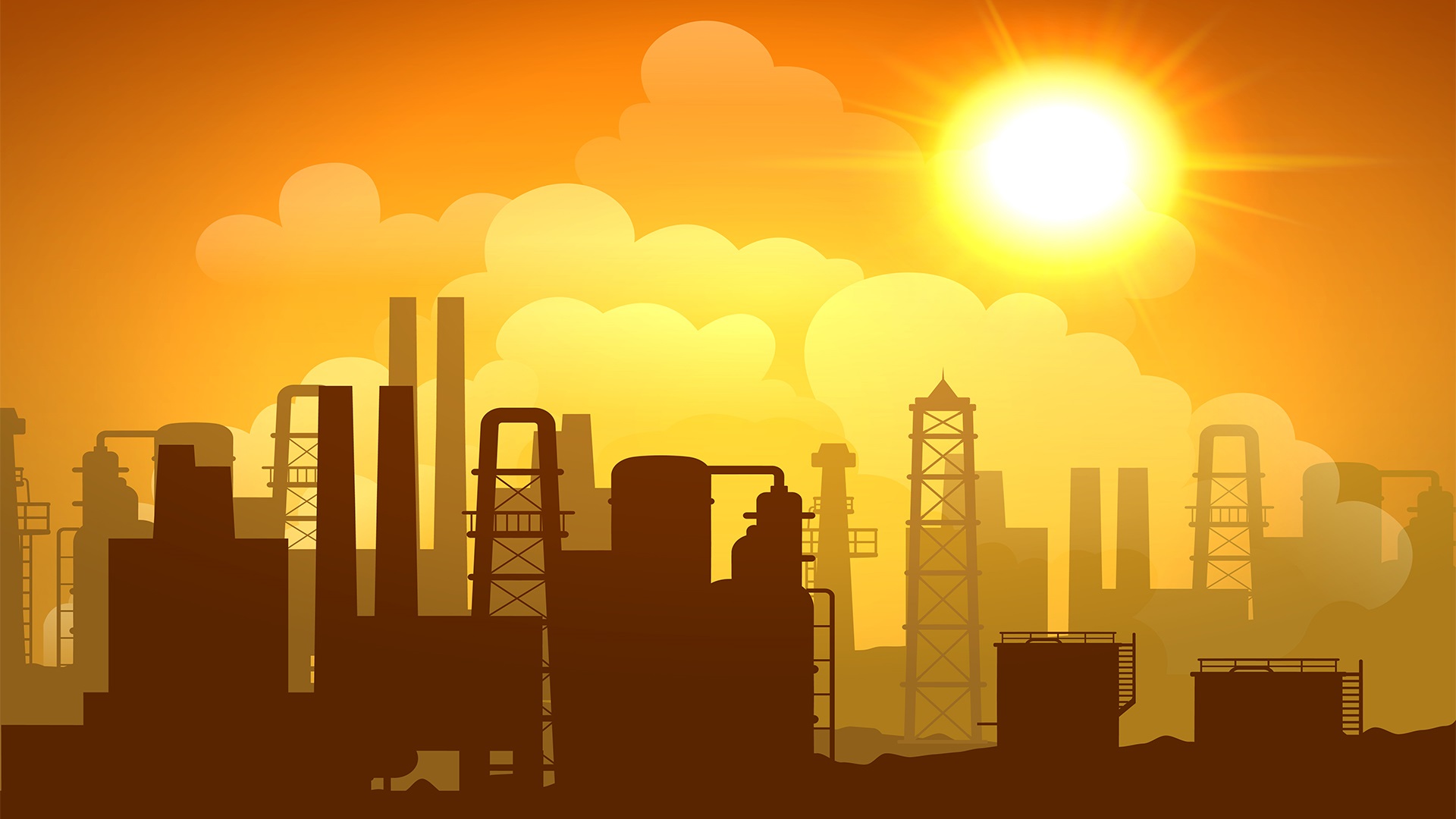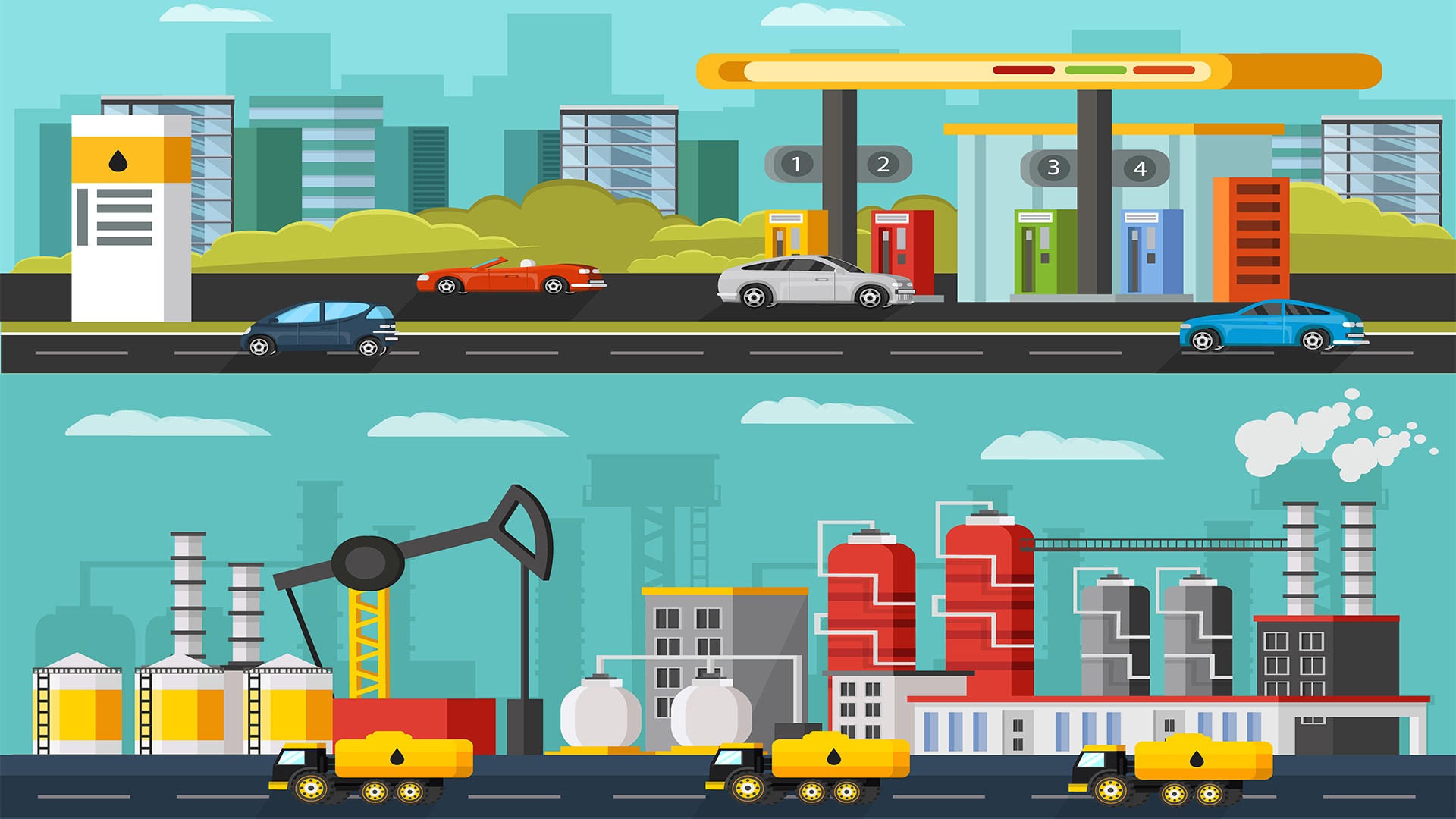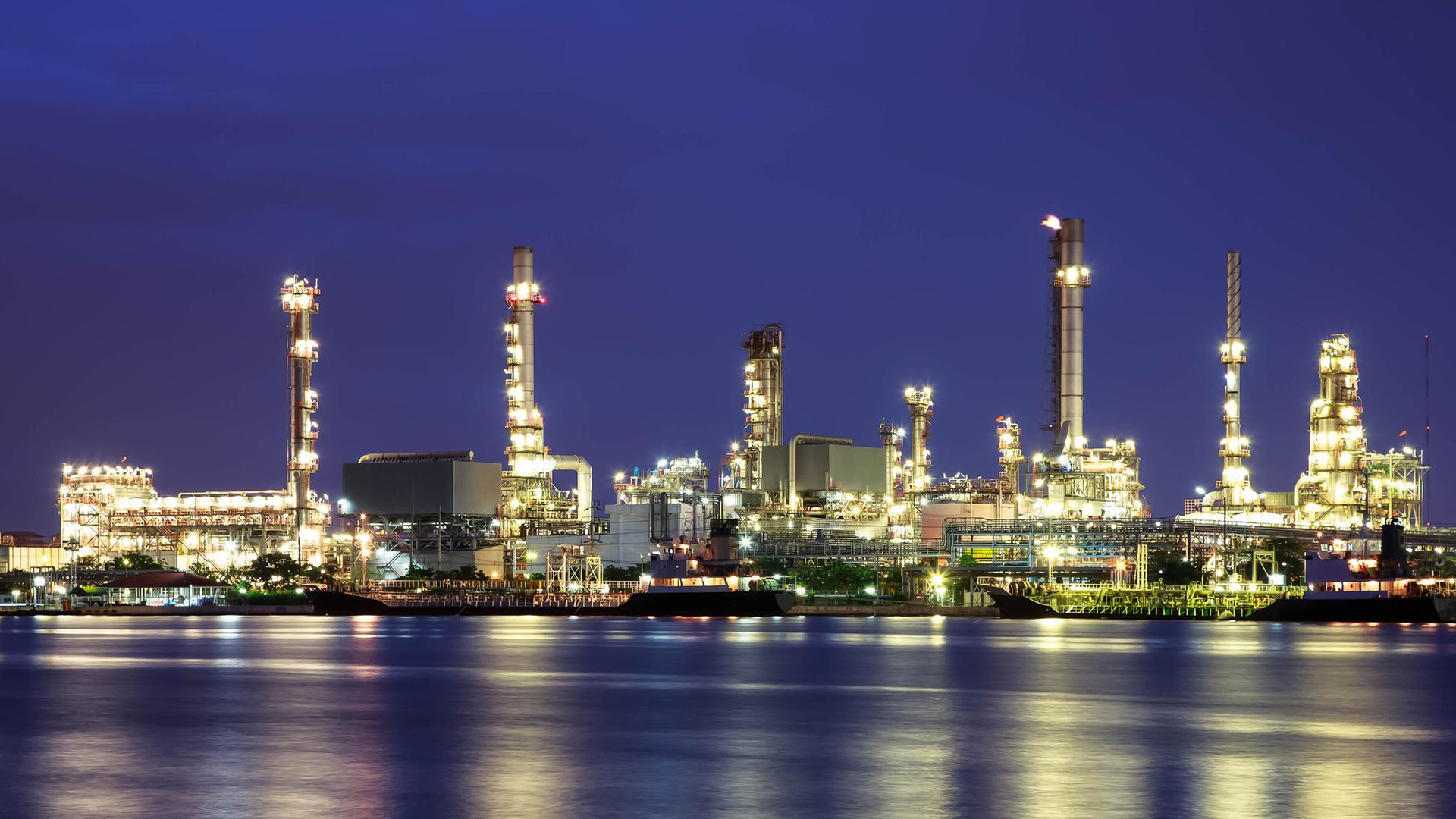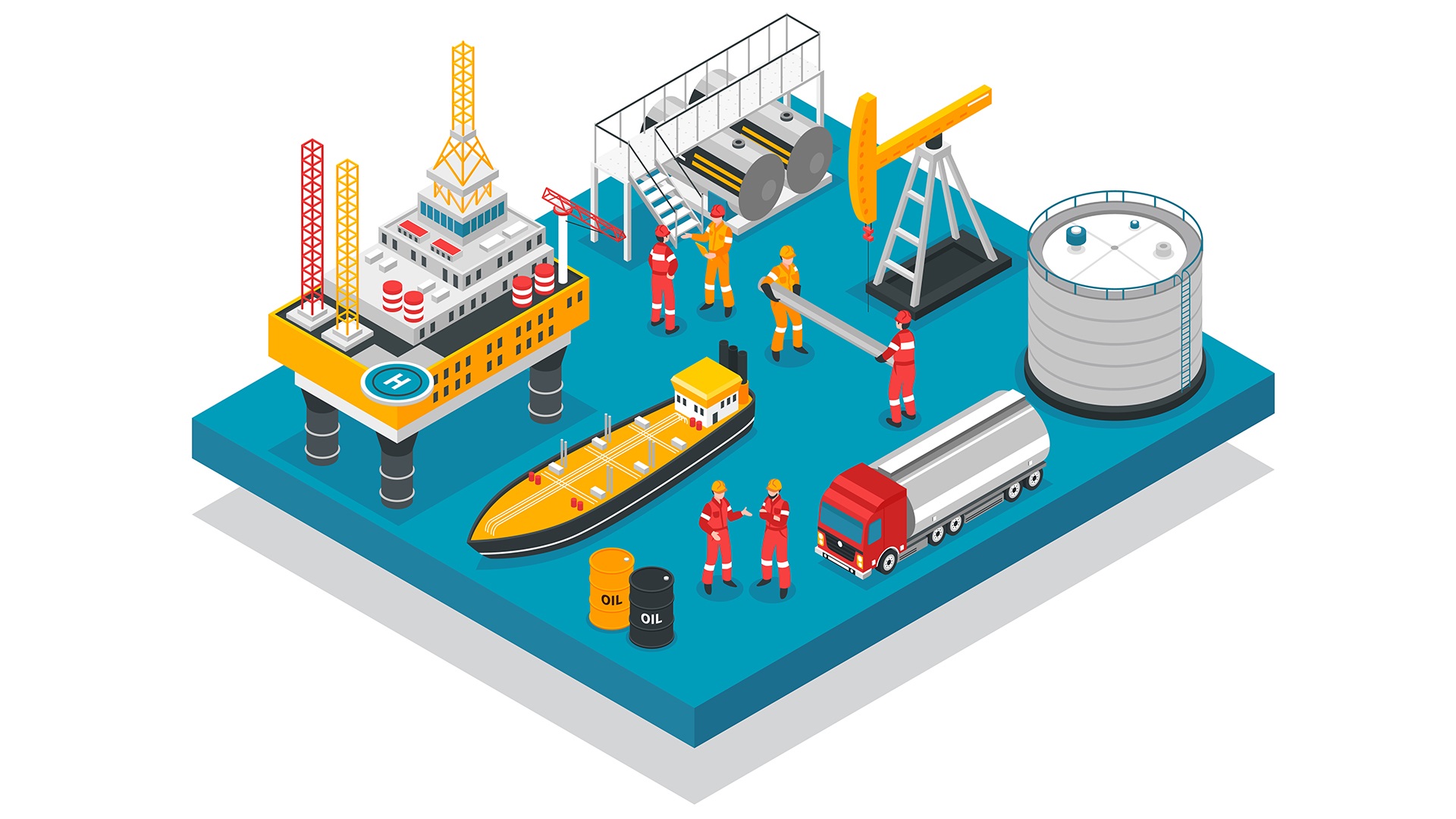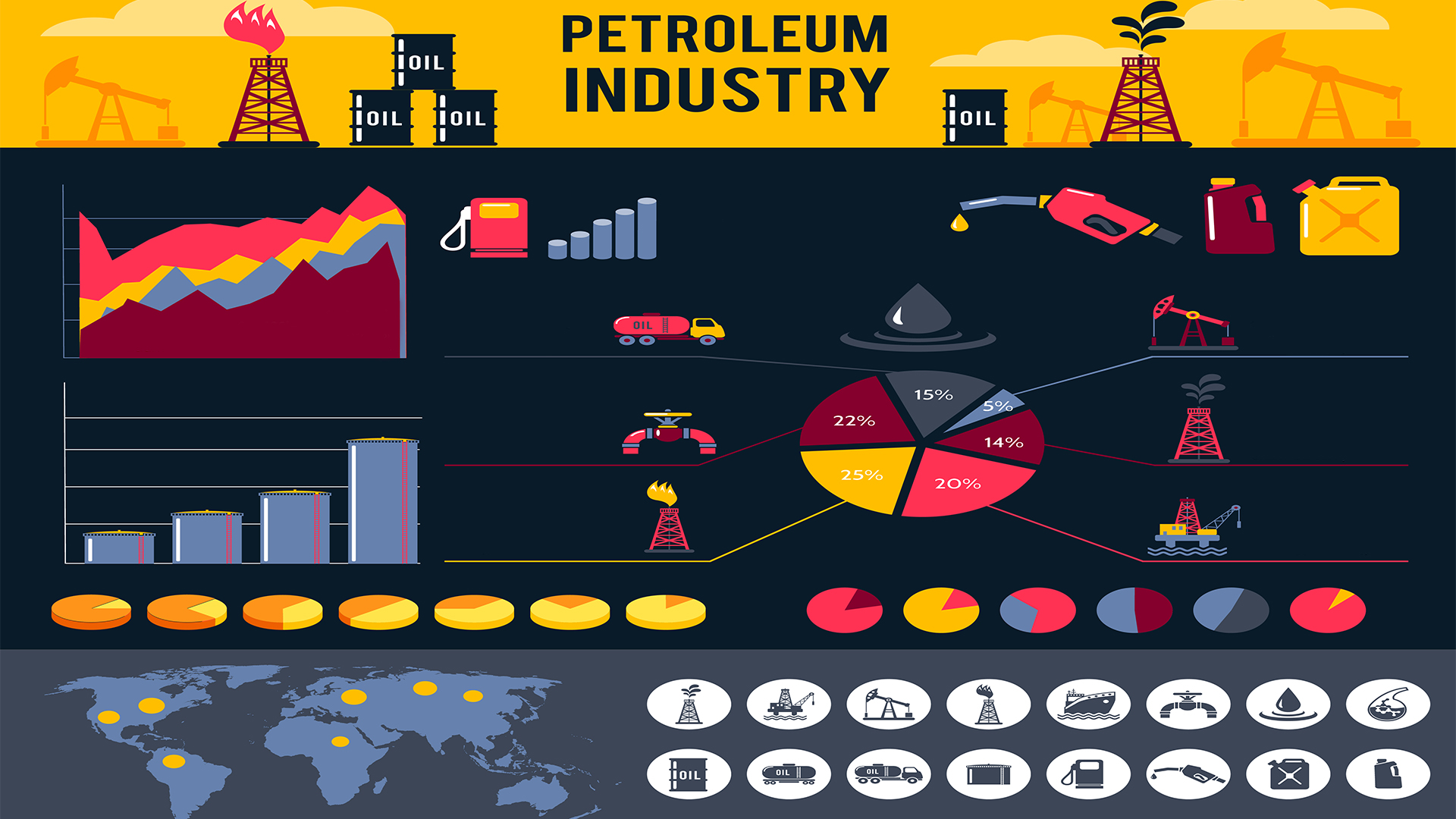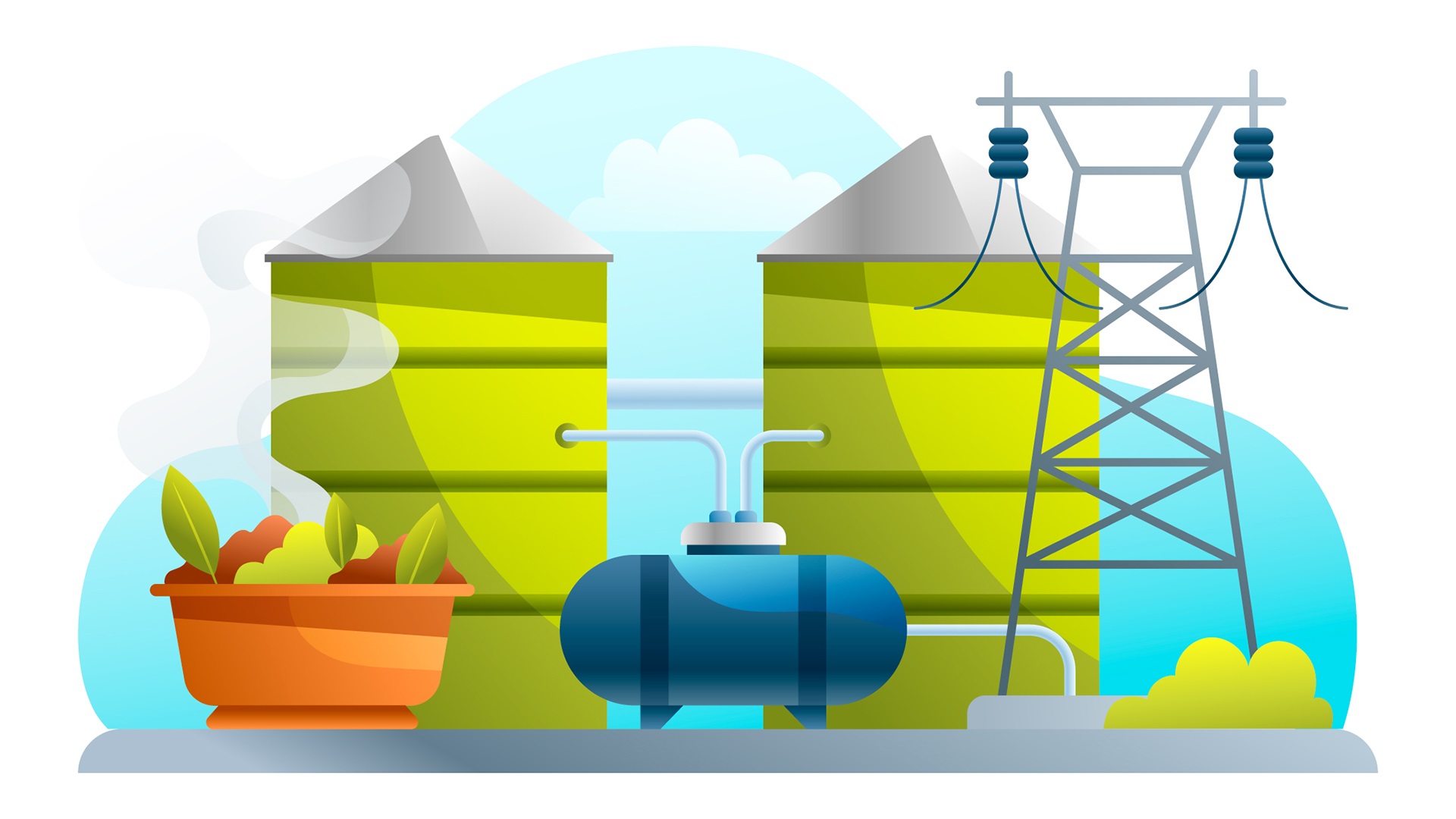
Unlock The Power Of Petroleum Refining
Course overview
What does a petroleum refinery’s hydro treating procedure entail?
The process of refining crude oil fundamentally entails steps of separation that result in useful products. Consequently, managing the complex feed and product streams is the fundamental difficulty in refining crude oil. So, learning about the characterization of these multi-component feeds, intermediates, and product streams is the first step in comprehending these processes.
What does hydro treating accomplish?
Light/heavy naphtha, kerosene, light gas oil, heavy gas oil, and residue are typically found in refined crude oil, which is also known as heavy crude oil. A useful product stream, such as fuel gas, liquefied petroleum gas, gasoline, jet fuel, kerosene, car diesel, lubricants, etc., is finally created by separating and dissecting this complex mixture. The main goal of all refining techniques is to precisely adjust the feed qualities through the use of both chemical and physical modifications. Typically, the bulk of crudes have a high sulfur concentration.
As a result, the sulfur content of the product streams from vacuum and crude distillation units is high. Desulfurization, which involves turning sulfur into hydrogen sulfide with the use of hydrogen, is a widely used technique for removing sulfur. Because of this, techniques based on hydrogen are used to carry out the desulphurization process. Hydro treating and hydrocracking are the two primary procedures.
Participants will receive thorough instruction in the Hydro treating & Hydrocracking Process Technology in this Training Bee training course. The course is designed to address both fundamental information and more complex ideas related to hydro treating and hydrocracking.
The course will also cover the most recent research on the subject, energy balancing, and hydro processor design. The research fellows and design engineers who work with hydro processing in the refining of crude oil would greatly benefit from adding this training course to their resumes. The training is also intended to attract professionals who do not work in the refinery but are nevertheless interested in learning more about the hydro treating and hydrocracking processes.
Introduction
In order to create the variety of valuable products that power our contemporary society, from gasoline and diesel fuel to petrochemicals and lubricants, the petroleum refining business is essential. Refining procedures like hydro treating and hydrocracking, which are crucial for improving the quality and output of refined products, are at the heart of this complex and dynamic industry.
Participants in this course on hydro treating and hydrocracking in petroleum refining should leave with a thorough understanding of these procedures. It provides people with the information and abilities necessary to succeed in the sector by exploring the principles, technologies, catalysts, safety considerations, and environmental aspects. The course will equip learners to handle the difficulties and seize the opportunities given by the dynamic and constantly changing world of petroleum refining through a combination of theoretical insights and practical applications.
In the courses that follow, we’ll delve deeply into the procedures, catalysts, tools, and importance of hydro treating and hydrocracking in order to produce cleaner, more valuable petroleum products.
We are The Training Bee, a global training and education firm providing services in many countries. We are specialized in capacity building and talent development solutions for individuals and organizations, with our highly customized programs and training sessions.
Learning Objectives
Upon completing Hydro treating and Hydrocracking Petroleum Refining Process, participants will be able to:
- Understand the fundamentals of hydro treatment procedures
- Gain a thorough grasp of the energy, hydrogen, and mass balances in refining operations.
- Learn in-depth about hydro processing’s state-of-the-art material and energy integration.
- Analyze various hydro treating and hydrocracking flow schemes
- To improve hydrogen conversion, change operational and design characteristics.
- Improve understanding of the chemistry, reaction kinetics, catalysis, green production, and ecological difficulties associated with hydro processes
- Analyze hydro treatment units’ operation and optimization
Our Unique Training Methodology
This interactive course comprises the following training methods:
- Journaling – This consists of setting a timer and letting your thoughts flow, unedited and unscripted recording events, ideas, and thoughts over a while, related to the topic.
- Social learning – Information and expertise exchanged amongst peers via computer-based technologies and interactive conversations including Blogging, instant messaging, and forums for debate in groups.
- Project-based learning
- Mind mapping and brainstorming – A session will be carried out between participants to uncover unique ideas, thoughts, and opinions having a quality discussion.
- Interactive sessions – The course will use informative lectures to introduce key concepts and theories related to the topic.
- Presentations – Participants will be presented with multimedia tools such as videos and graphics to enhance learning. These will be delivered engagingly and interactively.
Training Medium
This Hydro treating and Hydrocracking Petroleum Refining Process training is designed in a way that it can be delivered face-to-face and virtually.
Course Duration
This training is versatile in its delivery. The training can be delivered as a full-fledged 40-hour training program or a 15- hours crash course covering 5 hours of content each day over 3 days
Pre-course Assessment
Before you enroll in this course all we wanted to know is your exact mindset and your way of thinking.
For that, we have designed this questionnaire attached below.
- What is the primary distinction between the petroleum refining procedures of hydro treating and hydrocracking?
- Give a brief explanation of the main goals and significance of the hydro treating and hydrocracking processes in the petroleum refining business.
- What kinds of raw materials or feedstock are commonly treated in hydro treating and hydrocracking units?
- What part do catalysts play in the hydro treating and hydrocracking processes? Which catalysts are frequently employed in these processes?
- List a few of the main items produced by hydro treating and hydrocracking and explain how they are used in the petroleum industry.
Course Modules
This Hydro treating and Hydrocracking Petroleum Refining Process covers the following topics for understanding the essentials of the Agile Workplace:
Module 1 – Introduction
- Contaminants in petroleum products and cuts
- Health, environmental, and other effects of petroleum contaminants on other refining procedures
- Current laws and upcoming trends
- Standards for acceptable impurities in the product stream after refinement
Module 2 – What Is Basic
- Processes for refining materials, interacting energies, and balancing hydrogen
- Contemporary Material and Energy Integration Fundamentals of Crude Refining Techniques
- Product characteristics and specifications
- Design/Optimization of Processes and Heat Integration Plans
- Economic and Environmental Problems
Module 3 – Principles and Fundamentals of Hydro treatment
- Basics of hydrogen production and hydro conversion processes Process Flow Diagrams Process Chemistry and Kinetics
- Catalysis
- Considerations for Design, Operating Conditions, and Principles
Module 4 – Advanced Processing: Hydro treatment
- Creating Reactors
- Desulphurization of atmospheric residue
- Benzene Saturation in Gasoline
- Potential process improvement to reduce costs in terms of raw material and energy use
Module 5 – Principles and Fundamentals of Hydrocracking
- Products and Feedstock’s
- Deactivation and re-generation of catalysts, process chemistry, and kinetics
- Product stream and conversion quality
- Catalysis, process parameters, and process design
- Technology for Hydrocracking Reactors
- Hydrocracking Process Technology in One Stage
Module 6 – Advanced Processing – Hydrocracking
- Features of the Two-Stage Hydrocracking Process Technology
- Balance and Consumption of Hydrogen and the Potential for Process Integration Improvements
- Balance, Integration, and Management of Hydrogen
- Reforming of steam and ethane
Module 7 – Commercial Factors Affecting Hydro processing
- Defining categories and traits
- Catalyst preparation
- Deactivation and reactivation of the catalyst
- Characteristics of process design and mechanical design
Module 8 – Business hydrocracking
- Stock hydrocracking for
- Concerns prior to therapy
- Review of the temperatures of reaction and hydrocracking reactions
- Process setups for hydrogenation
- Process factors and catalysts in reactor design
Module 9 – Mechanical Aspects of Hydro processing and Troubleshooting
- Design guidelines
- Typical trouble spots
- Safety concerns
Post-course Assessment
Participants need to complete an assessment post-course completion so our mentors will get to know their understanding of the course. A mentor will also have interrogative conversations with participants and provide valuable feedback.
- Describe the main variations between the petroleum refining procedures of hydrocracking and hydro treating.
- In the petroleum refining sector, explain the significance and importance of the hydro treating and hydrocracking operations.
- What kinds of raw materials are frequently processed in hydro treating and hydrocracking units, and how are these raw materials changed by the processes?
- Give examples of typical catalysts used in hydro treating and hydrocracking and further explain the role of catalysts in these processes.
- Name a few important byproducts of hydro treating and hydrocracking and describe their uses in the petroleum industry.
- Describe the main components and steps in the conventional hydro treating and hydrocracking process flow.
- Discuss the industry’s strategy for minimizing these concerns as you consider the environmental problems and issues raised by these procedures.
Lessons Learned
Selective upgrading and refinement of crude oil and other feedstock’s need the use of hydro treating and hydrocracking procedures. The importance of these procedures for adhering to rules and requirements for items while optimizing the yield of valued products has been made clear to participants.
Influence of the catalyst: In both processes, catalysts are essential. Participants now have a thorough understanding of how catalyst management, optimization, and choice can greatly affect the productivity and caliber of processes.
Environmental responsibility: Environmental issues like nitrogen and sulfur emissions have highlighted the necessity for ethical and sustainable refining methods. The significance of minimizing hydro treating and hydrocracking operations’ environmental impact has been underlined throughout the course.
Safety Culture: It has been emphasized how crucial safety is. Participants now recognize how important it is for the industry to have a strong safety culture in order to minimize accidents, safeguard staff, and safeguard the environment.
